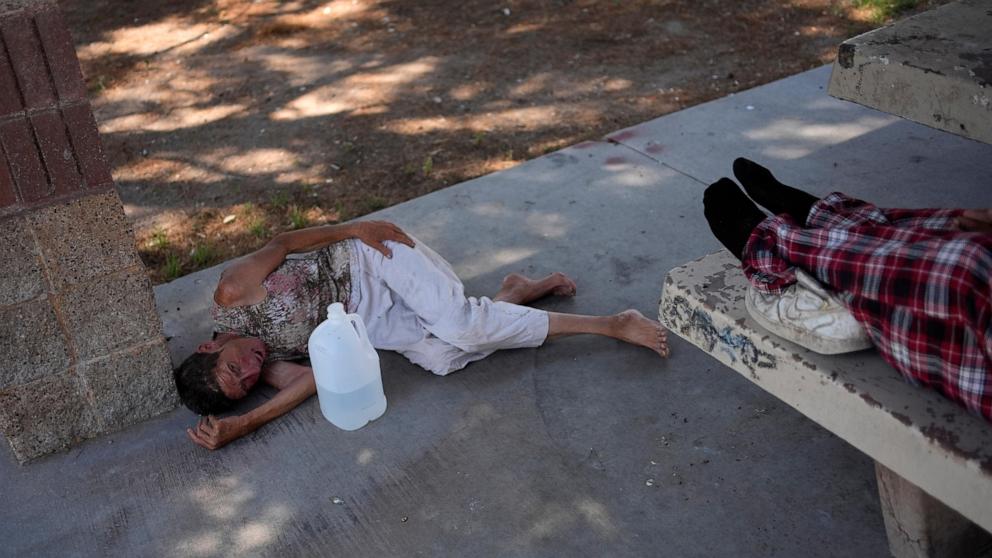Film and television production in the US has fallen by 40 percent since the strike

The impact of Hollywood’s production spending cuts is being felt, with film and television production numbers set to decline 20% worldwide and about 40% in the United States compared to 2022, according to a new report from production technology and research firm ProdPro.
The report, first published by the Los Angeles Times, found that Hollywood studios spent $11.3 billion on productions in the second quarter of 2024, about 20% less than the same period in 2022. While that figure is about 30% higher than 2023, that can be attributed to anticipation and the start of the Writers Guild of America strike last May.
Even compared to the strike summer, the number of feature film productions launched worldwide has declined. ProdPro counted 261 feature films worldwide that began shooting in the second quarter of 2023, while the number fell by 18% to 214 in the second quarter of 2024.

Industry insiders told TheWrap that they believe one factor in the drop in production is the expectation of another IATSE or Hollywood Basic Crafts strike that would shut down productions.
Throughout the second quarter, IATSE held extensive discussions with studios about new collective bargaining agreements and reached an agreement late last month. Crew union members will vote next week to ratify the new contracts.
The Basic Crafts, meanwhile, are in the midst of negotiations over their own collective bargaining agreement. While none of the Basic Crafts unions have held a vote to authorize a strike, they have informed the Alliance of Motion Picture and Television Producers (AMPTP), which represents the studios in collective bargaining, that they will not extend the expiration date of their collective bargaining agreement beyond July 31.

Even if these deals are ratified and more productions are possible, a return to pre-strike levels is unlikely as studios cut spending to make their streaming services profitable. For several years, the entertainment industry benefited from an arms race among studios trying to fill their fledgling streaming services with a diverse lineup of original films and TV shows.
But the new era of austerity in Hollywood has led to a significant decline in employment opportunities for industry workers, particularly in Los Angeles, where union members are struggling to keep up with the high cost of living. This struggle is exacerbated by the exodus of productions to other states and countries in search of more generous tax breaks.
While Los Angeles remains the largest employment generator in the manufacturing industry, ahead of even emerging competitors such as New York, Atlanta, Chicago and Albuquerque, this new competition, rising costs and the strain on financial reserves caused by the strikes have placed new strains on Los Angeles entertainment workers.




